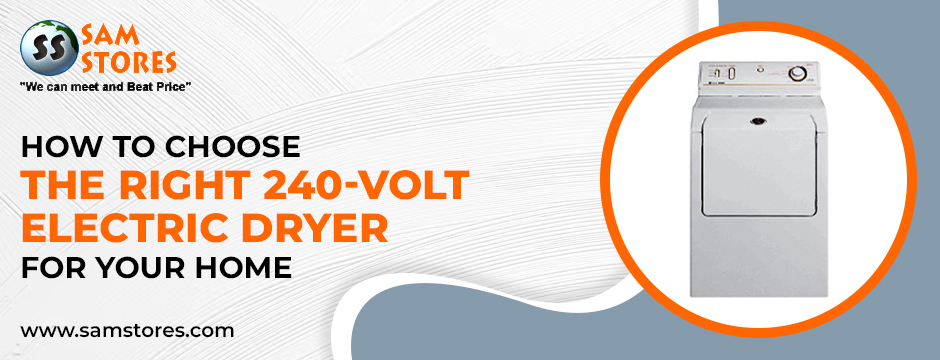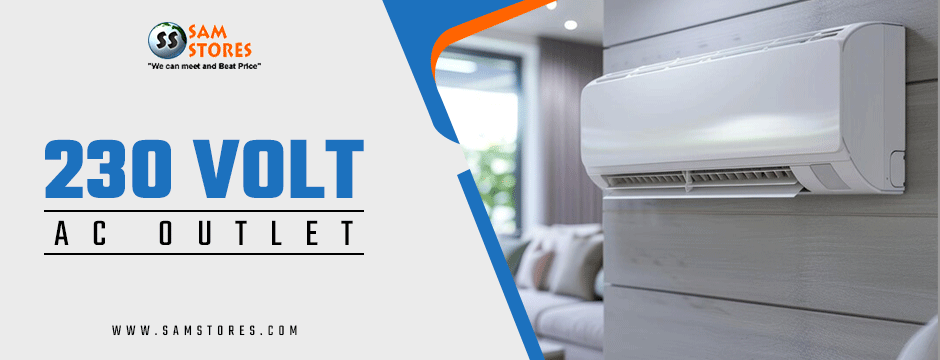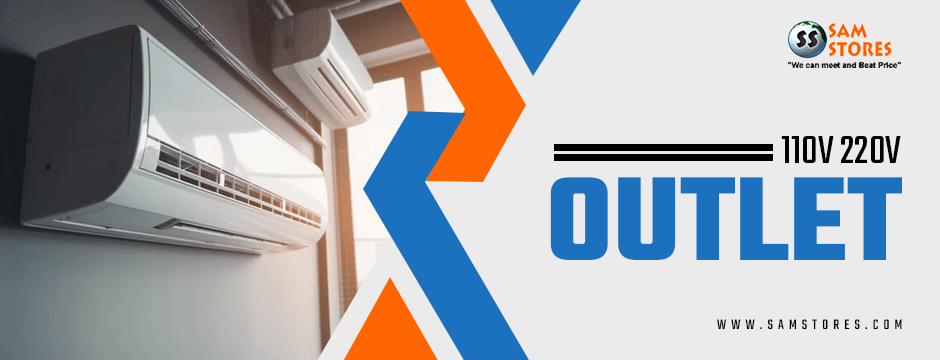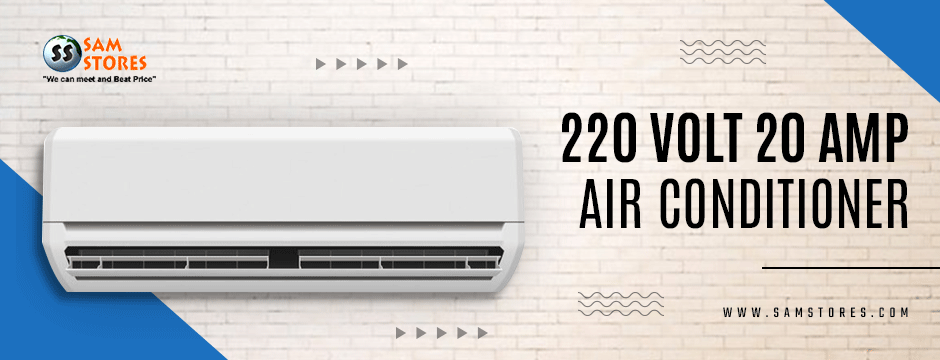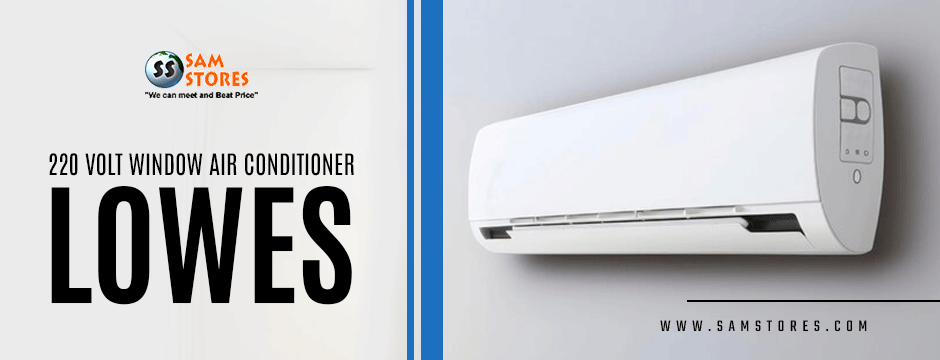Choosing the right 240 volt electric dryer for your home can be a crucial decision, especially given the investment and the role it plays in your daily life. With a variety of models and features available, selecting the perfect dryer involves understanding your needs, and preferences, and how different features can impact your laundry routine. So, this guide will walk you through key factors to consider when choosing a 240-volt electric dryer to ensure you make an informed decision that fits your home and lifestyle.
1. Understand Your Drying Needs
Assess Your Laundry Volume:
The first step in choosing a dryer is to consider how much laundry you typically handle.
Do you have a large family or frequently do laundry?
A dryer with a larger drum capacity will be beneficial. Larger dryers can handle bigger loads, reducing the number of cycles needed and saving time. Conversely, if you live alone or have a small household, a standard-sized drum might be sufficient.
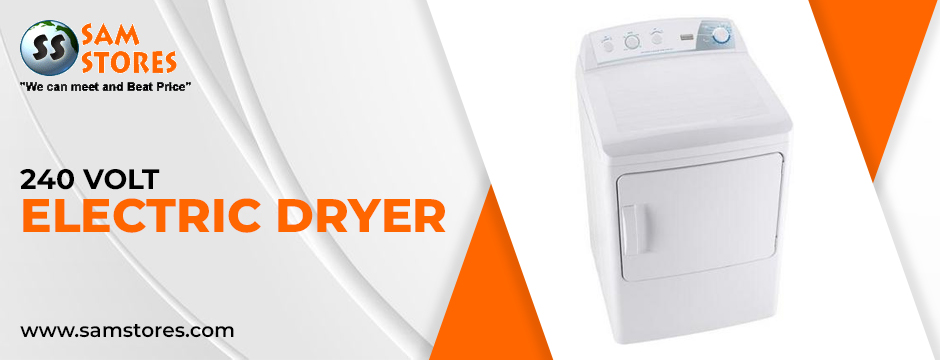
Consider Drying Efficiency:
Think about how quickly you need your clothes dry. Some 240-volt dryers come with advanced drying technology that can speed up the drying process. In this regard, features such as moisture sensors and high-temperature settings can help ensure that your clothes are dried efficiently and evenly.
2. Evaluate Dryer Features
Moisture Sensors:
Moisture sensors are an important feature to look for in a 240 volt electric dryer. These sensors detect the moisture level in your clothes and automatically adjust the drying time to prevent over-drying. This approach not only conserves energy but also contributes to the longevity of your clothes.
Multiple Drying Cycles and Settings:
Different fabrics require different drying methods. Choose a dryer with multiple drying cycles and settings to accommodate various types of clothing. Common cycles include normal, delicate, heavy-duty, and timed dry. Some models also offer specialized cycles for items like towels, sportswear, and bed linens.
Energy Efficiency:
Look for dryers with Energy Star certification, which indicates that the appliance meets specific energy efficiency standards. Energy-efficient models use less electricity, which can lead to lower utility bills over time. They often come with features like eco-mode or moisture sensors to optimize energy use.
Wrinkle Prevention:
Wrinkle prevention features, such as a wrinkle guard or steam function, can be beneficial if you want to reduce the need for ironing. Wrinkle guards periodically tumble the clothes after the cycle ends to prevent wrinkles, while steam functions can help reduce wrinkles and refresh clothes.
3. Consider the Dryer’s Size and Design
Dimensions and Space:
Measure the space where you plan to install the 240 volt electric dryer to ensure it fits properly. Consider both the width and depth of the unit, as well as the clearance needed for ventilation. Some dryers are stackable, which can save space if you have a smaller laundry area.
Design and Aesthetics:
While functionality is key, the design of the dryer should also complement your home’s decor. Choose a style and color that fits well with your existing appliances and laundry room design. Modern dryers come in various finishes, including white, black, stainless steel, and more.
4. Explore Additional Features
Smart Technology:
Many newer models come with smart technology that allows you to control the dryer remotely via a smartphone app. This can be particularly useful for scheduling cycles, monitoring the drying progress, and receiving notifications when the cycle is complete.
Noise Level:
Consider the noise level of the dryer, especially if your laundry room is near living areas or bedrooms. Look for models with noise reduction features or read reviews to gauge the dryer’s operating noise.
Ventilation Requirements:
220 volt electric dryer requires proper ventilation to expel hot, moist air. Ensure you have the necessary venting setup or plan for installation if needed. Some models offer ventless options, which might be suitable if you’re unable to install a traditional vent.
5. Set Your Budget
Initial Cost:
Dryers vary widely in price, depending on the brand, features, and capacity. Set a budget based on your needs and preferences, but be mindful that investing in a higher-quality model with energy-saving features can lead to long-term savings on utility bills.
Operating Costs:
In addition to the initial purchase price, consider the operating costs of the dryer. Energy-efficient models may have a higher upfront cost but can save you money on your electricity bills over time. Factor in these long-term savings when evaluating your budget.
Warranty and Support:
Check the warranty and support options offered by the manufacturer. A solid warranty offers reassurance and safeguards you against unforeseen repair expenses. Additionally, ensure the manufacturer has a reputation for reliable customer service and support.
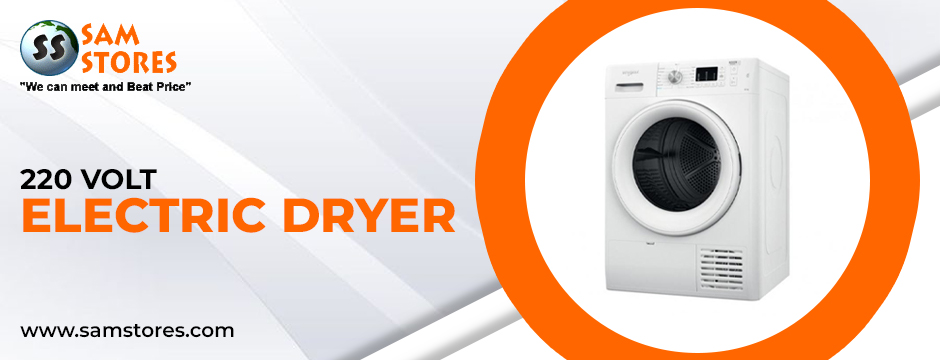
Test and Inspect:
If possible, visit a showroom to see the dryer in person. Test the controls and inspect the build quality to ensure it meets your expectations. Some stores may also offer demonstrations or allow you to see the dryer in operation.
Summary
Choosing the right 240 volt electric dryer involves assessing your laundry needs, evaluating essential features, and considering the dryer’s size and design. By exploring additional features, setting a budget, and researching different models, you can make an informed decision that enhances your laundry experience and fits your home perfectly. Investing in a quality dryer with energy-efficient features can provide long-term benefits, including lower utility bills and improved performance. With careful consideration and research, you’ll find the ideal 240-volt electric dryer that meets your needs and keeps your laundry routine running smoothly.
Ready to upgrade your laundry routine? Explore our top selection of 240-volt as well as 220 volt electric dryer at Sam Stores! Visit our website or contact us today to find the perfect model that fits your needs and budget. Enjoy energy-efficient performance and a smoother laundry experience with Sam Stores. Shop now!
